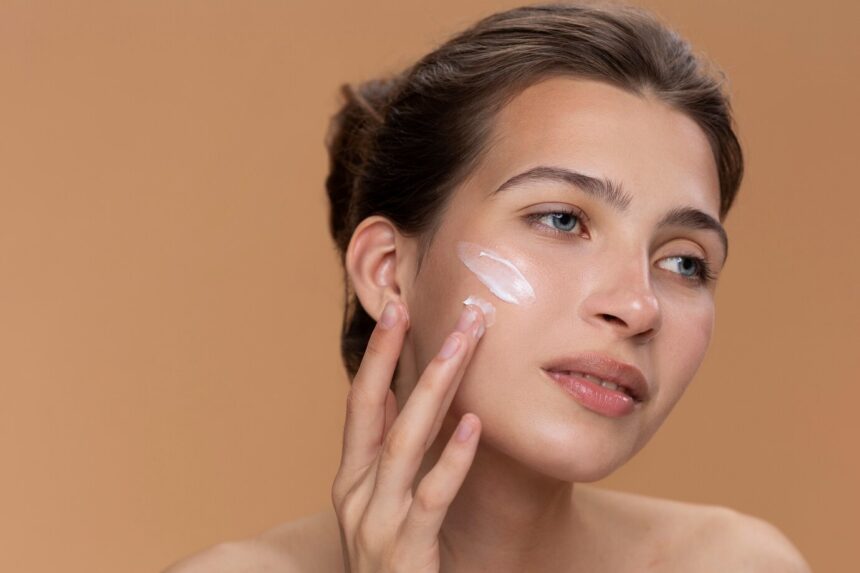As people age, wrinkles become a natural part of the skin’s journey. Wrinkle creams can help reduce the appearance of fine lines and improve skin texture. With so many options available, it’s crucial to know what ingredients and factors to consider when choosing a product that works for individual skin types and concerns.
In recent years, advancements in skincare have introduced new formulations aimed at fighting the signs of aging. Ingredients such as retinol, hyaluronic acid, and peptides are commonly found in effective wrinkle creams. Understanding how these components interact with the skin can help users make informed choices and apply products more effectively.
Finding the right wrinkle cream involves not just choosing the most popular brand, but also evaluating its suitability for specific skin needs and lifestyle factors. With the right knowledge and approach, anyone can seek to maintain healthier, more youthful-looking skin.
Key Takeaways
- Wrinkle creams can significantly improve the look and feel of aging skin.
- Choosing products with effective ingredients is essential for desired results.
- Proper application techniques and lifestyle choices can enhance skincare outcomes.
Understanding Wrinkles
Wrinkles are a natural part of aging that many people want to address. Various factors contribute to the formation of wrinkles, including environmental influences and skin structure. This section explores the causes of skin aging and the anatomy of the skin in relation to wrinkles.
Causes of Skin Aging
Skin aging occurs due to a combination of intrinsic and extrinsic factors. Intrinsic aging is part of a natural process, often influenced by genetics. As people age, their skin loses collagen and elastin, leading to reduced firmness and elasticity.
Extrinsic factors are environmental influences. These include:
- Sun Exposure: Ultraviolet (UV) rays break down collagen.
- Smoking: Chemicals in cigarettes can damage skin structure.
- Poor Diet: Lack of essential nutrients affects skin health.
Together, these factors accelerate the appearance of fine lines and wrinkles.
The Skin’s Anatomy and Wrinkles
The skin has three layers: epidermis, dermis, and subcutis. Each layer plays a role in the formation of wrinkles.
- Epidermis: This is the outer layer, which protects against environmental damage. Thinning of this layer contributes to visible lines.
- Dermis: The middle layer contains collagen and elastin, providing structure. Loss of these proteins leads to sagging and deeper wrinkles.
- Subcutis: The deepest layer, mainly made of fat, helps absorb shock and insulate. As this layer decreases with age, the skin may appear looser.
Understanding these layers helps in recognizing how and why wrinkles form, guiding choices for effective treatments.




